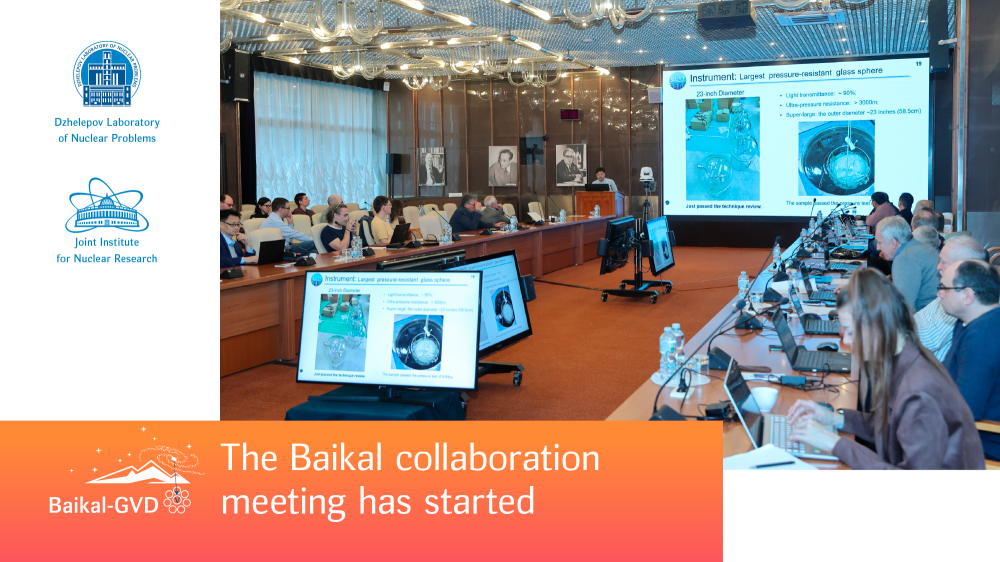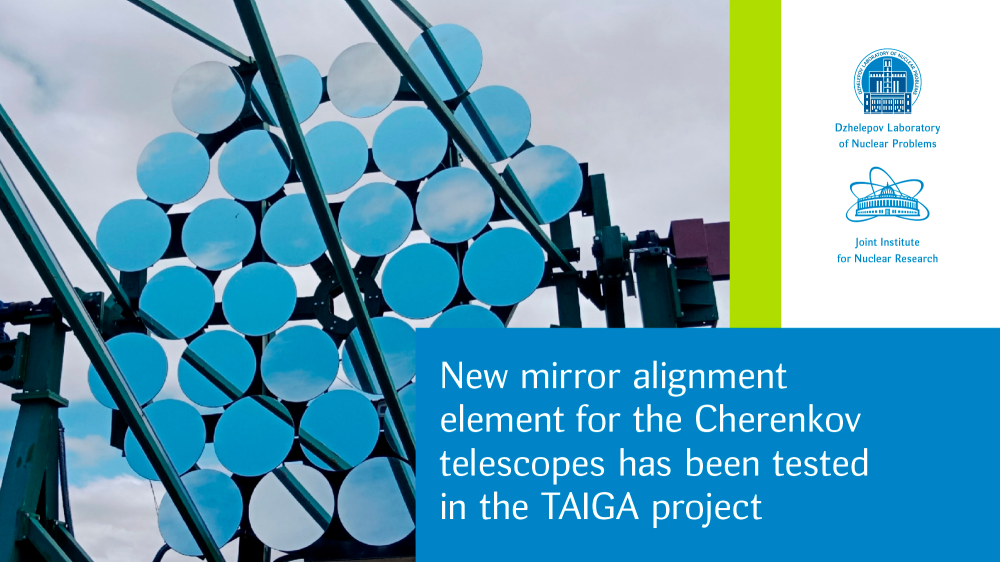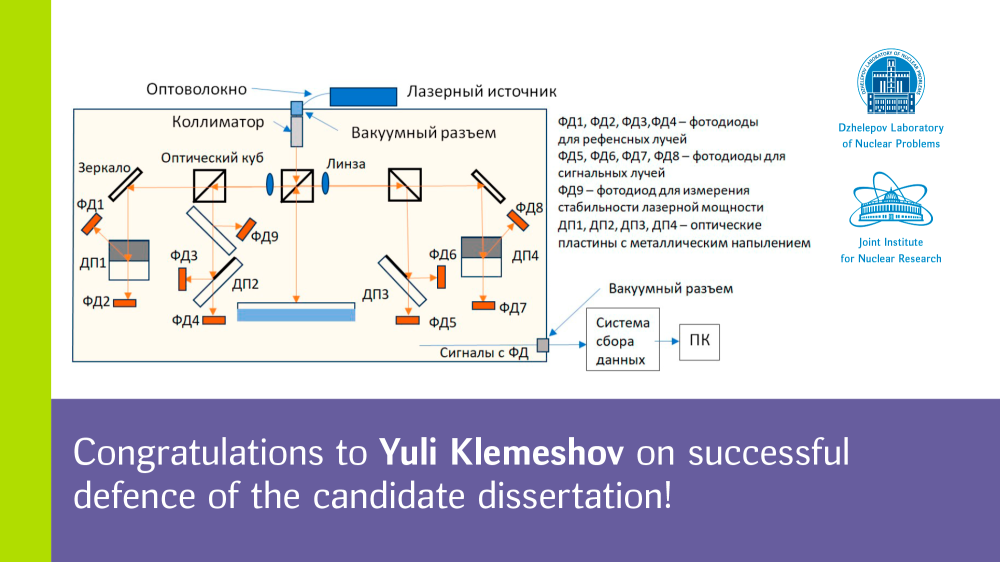Igor Romanovich Boiko did a review of the currently projected electro–positron colliders and physical researches at them
The next large project in high-energy physics is assumed to be an electron–positron collider ensuring superhigh luminosity and record annihilation energy. Now four projects of these colliders, both linear and circular, are under thorough consideration.
The future e+e- collider will allow about a million Higgs bosons and about a hundred thousand top quarks to be produced with most of these events to be completely reconstructed. In addition, circular colliders are able to ensure superhigh luminosity at the Z-resonance energy (91 GeV), which will allow statistics of up to a trillion Z-boson decays (Tera-Z) to be accumulated. On the other hand, the CLIC project allows the annihilation energy of up to 3 TeV to be achieved. These record characteristics make it possible to have the measurement accuracy one or two orders of magnitude higher than is now achievable at the LHC and drastically improve our understanding of the fundamental laws of Nature.
The existing projects of electron–positron colliders and planned physical researches at them were reviewed at the seminar. The JINR team is supposed to take part both in the theoretical support of the experiments and in the preparation of the programme of experimental studies within the CLIC project.
For more detail, see http://indico.jinr.ru/conferenceDisplay.py?confId=524







